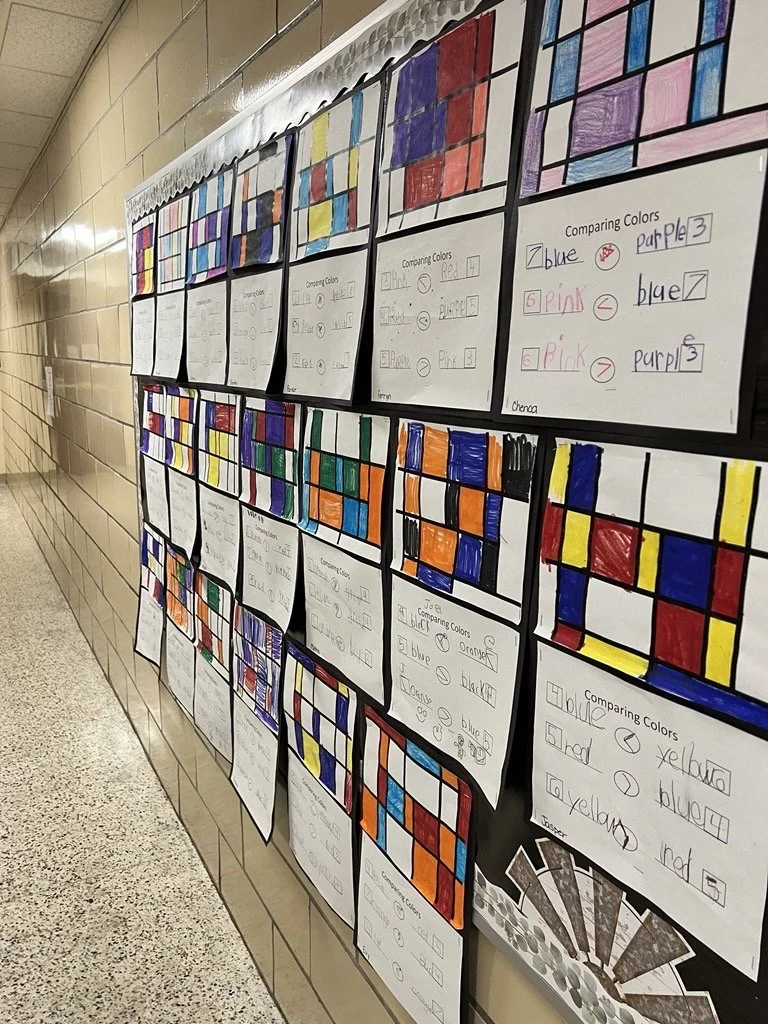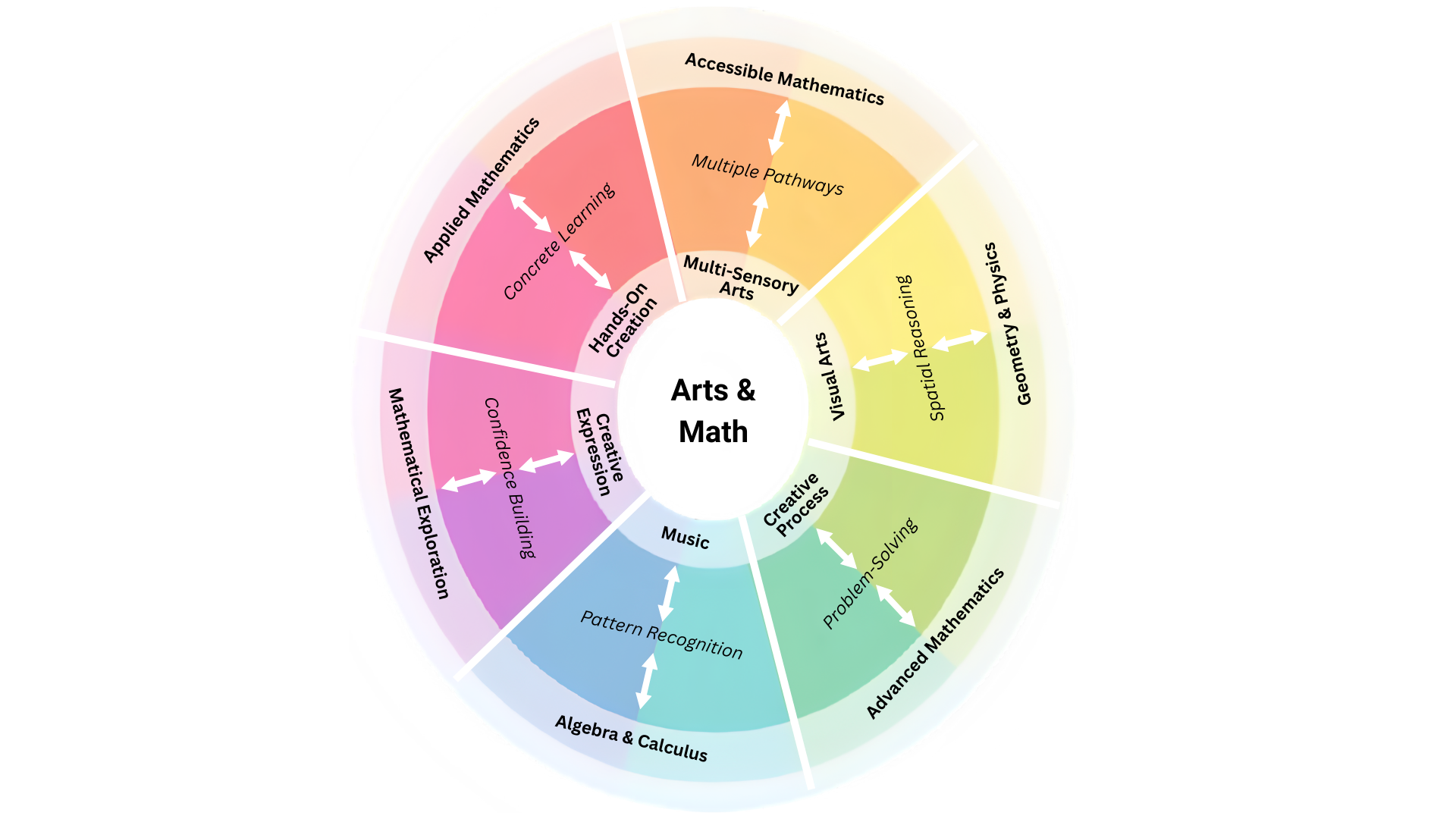Making Data Fun: Harnessing Student Engagement Through Arts & Mathematics
School Frontiers recently had the incredible opportunity to lead a professional development workshop for one of our clients, with 100 staff members. The presentation focused on the academic performance expectations for the school as required by their authorizing district and the school’s current academic standing. Typically, “data,” “academic expectations,” and “mathematics” are not words that would spark excitement, especially at 8:30 AM, but our workshop was filled with laughter and genuine engagement.
During one crucial moment in the session, current mathematics proficiency data was presented to the staff, and the teachers reacted strongly. They engaged immediately in conversation about the multitude of different reasons for those results, communicating and considering factors in the equation. We were excited to witness this in real-time, and to continue these conversations in our school coaching work this year.
Our mission at School Frontiers is not just to simplify data for schoolteachers and administrators, but to ensure that all schools and students we work with succeed and have bright futures. All students learn differently, and our goal is to foster imaginative and unique approaches to teaching. That’s why we aim to present mathematics as “number stories;” our approach highlights how mathematical skills can translate to other subjects, like the arts. Imagine a mathematics classroom where students are dancing on a coordinate grid on the floor, or creating fun jingles to memorize new vocabulary terms. Any school subject should be able to spark joy. Would you take that kind of class?
We created this graphic to show the many connections between these two seemingly disconnected fields.
Part of our workshop emphasized harnessing the staff’s creativity: we tasked participants to brainstorm activities they are currently doing in the classroom that connect both the arts and mathematics. Additionally, we challenged them to reach further and draft ideas for activities they would like to incorporate this year, to accelerate implementing these concepts in classes. Professional development doesn’t have to be dry! It should be invigorating and meaningful for teachers, so they can in turn invigorate their students.
As educators we have a responsibility to think outside the box and transform the ways students are able to learn. If we can think differently about certain subjects, we can help kids think differently about them too, and find greater joy in learning. Math education needs a revolution, and this kind of change could help make it happen. Connecting two seemingly disparate subjects can show people how it all comes together, how teaching each is just part of a whole, rounded education. The arts in schools need support and a sense of greater purpose, and this is only just a start, just one component of a hopefully greater movement, but these ideas can carry us far.
Do you have ideas about connecting the arts and mathematics in your own classroom? Share in the comments, or email us at info@schoolfrontiers.com.


